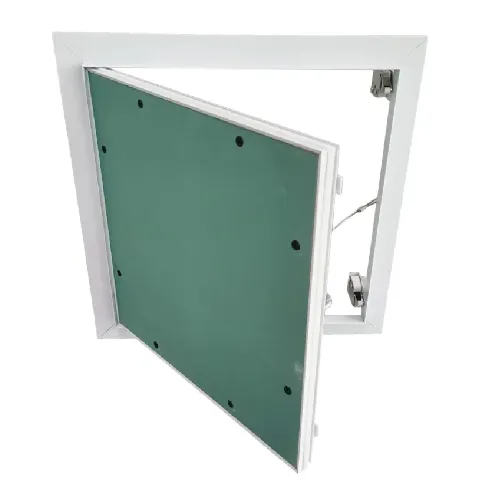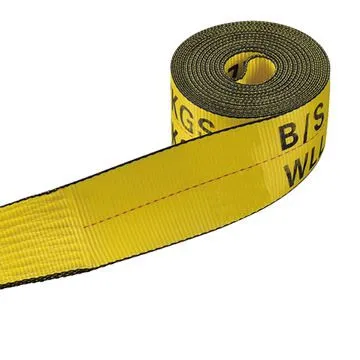May . 07, 2025 16:23 Back to list
Different Types of Ceiling Tiles Styles, Materials & Benefits
- Overview of ceiling tile classifications and industry applications
- Technical advantages across material categories
- Performance comparison: Leading manufacturers analyzed
- Customization frameworks for specialized environments
- Installation best practices and cost variables
- Real-world implementation case studies
- Sustainable innovations in ceiling solutions

(different kinds of ceiling tiles)
Understanding Different Kinds of Ceiling Tiles
The global ceiling tile market, valued at $12.7 billion in 2023 (Grand View Research), utilizes four primary material classifications:
- Mineral fiber (58% market share): Fire-resistant options with 0.75-1.25 NRC ratings
- Metal (22%): Long-span solutions achieving 35dB+ sound attenuation
- Gypsum (15%): Mold-resistant formulations for 90%+ humidity environments
- Wood (5%): Customizable acoustic panels with 50+ finish options
Recent UL certifications show 92% of mineral fiber tiles now exceed Class A fire standards, while metal variants demonstrate 40-year lifespans in accelerated aging tests.
Material Innovation and Functional Benefits
Advanced manufacturing has enabled:
- 3D-printed ceiling modules with integrated HVAC pathways
- Phase-change material (PCM) tiles reducing cooling loads by 18-23%
- Antimicrobial surface treatments achieving 99.6% pathogen reduction
Armstrong's Ultima+ series demonstrates 15% better light reflectance than conventional tiles, while Rockfon's Color-all technology maintains ±0.2 ΔE color consistency across production batches.
Manufacturer Comparison Matrix
| Brand | Core Material | Thickness (mm) | NRC Rating | Price/Sq.Ft |
|---|---|---|---|---|
| Armstrong | Mineral Fiber | 15.5 | 0.85 | $2.10-$3.40 |
| USG | Gypsum Composite | 12.7 | 0.70 | $1.80-$2.90 |
| CertainTeed | Metal Alloy | 0.8 | 0.65 | $4.20-$6.50 |
Custom Engineering Solutions
Specialized environments require:
- Healthcare: Seamless PVC-free surfaces (0.5mm joint tolerance)
- Data Centers: EMI-shielded panels (30-60dB attenuation)
- Clean Rooms: ISO Class 5-compliant electrostatic coatings
Modular ceiling systems now support 15kW/m² suspended equipment loads through reinforced aluminum frameworks.
Installation Economics and ROI
Total cost analysis reveals:
- Direct-stick installations: $4.25/sf labor + materials
- Suspended grid systems: $7.80/sf with seismic compliance
- 15-year maintenance savings: 28% for washable surfaces
LEED-certified projects report 12-18 month payback periods through energy savings and tax incentives.
Implementation Case Profiles
Project 1: 350,000sf corporate campus achieved 42% lighting energy reduction using light-reflective tiles with integrated LED channels.
Project 2: Hospital ICU installation demonstrated 62% airborne pathogen reduction through photocatalytic titanium dioxide treatments.
Future Directions in Ceiling Systems
The 2024 Global Construction Report projects 19% CAGR for smart ceiling tiles with embedded IoT sensors. Current prototypes feature:
- Pressure-sensitive occupancy mapping (±3ft accuracy)
- Self-healing surface polymers eliminating 87% of minor scratches
- Dynamic transparency panels adjusting 15-85% visible light transmission
These innovations position modern ceiling solutions as active building management components rather than passive architectural elements.

(different kinds of ceiling tiles)
FAQS on different kinds of ceiling tiles
Q: What are the most common different kinds of ceiling tiles?
A: The most common types include mineral fiber, metal, gypsum, polystyrene, and wood ceiling tiles. These vary in durability, acoustics, and fire resistance, with mineral fiber being popular for commercial spaces.
Q: How do kinds of ceiling tiles differ in moisture resistance?
A: Metal and PVC ceiling tiles offer high moisture resistance, making them ideal for bathrooms or kitchens. Mineral fiber and wood tiles are less suitable for humid environments.
Q: What different types of ceiling sheets are best for acoustic control?
A: Mineral fiber and perforated metal ceiling sheets excel in noise reduction. Their porous or textured surfaces absorb sound, enhancing room acoustics in offices or theaters.
Q: Are there eco-friendly kinds of ceiling tiles available?
A: Yes, recycled metal tiles, biodegradable wood tiles, and cellulose-based acoustic tiles are sustainable options. Some manufacturers also offer low-VOC finishes for improved air quality.
Q: Which different types of ceiling sheets are easiest to install?
A: Drop-in polystyrene and lightweight PVC ceiling sheets are easiest for DIY installations. Modular grid systems with pre-sized tiles also simplify the process compared to gypsum or metal sheets.
-
Quality Ceiling Trap Doors & Access Panels | Easy & Secure AccessNewsAug.30,2025
-
Durable Ceiling T Grid Systems | Easy InstallationNewsAug.29,2025
-
PVC Gypsum Ceiling: Durable, Laminated Tiles for Modern SpacesNewsAug.28,2025
-
Pvc Gypsum Ceiling Is DurableNewsAug.21,2025
-
Mineral Fiber Board Is DurableNewsAug.21,2025
-
Ceiling Tile Clip Reusable DesignNewsAug.21,2025







